
Investors are signalling that they are more keen to deploy capital into Asia Pacific real estate markets that are characterised by high amounts of liquidity, says Hamish MacDonald, head and chief investment officer of APAC Real Estate at BlackRock.
Property sectors set to benefit from economic tailwinds this year are accommodation, logistics, and alternative assets. “The markets in this region where liquidity is abundant this year include Australia, Japan, Singapore, and Auckland in New Zealand. This list of countries and property markets also represents the order of focus for BlackRock this year,” says MacDonald.
He expects investor sentiment this year to be more bullish compared to 2023 and 2022, with institutional investors kickstarting more discussions about deploying and recycling capital in selective Asia Pacific real estate markets this year.
In Singapore, BlackRock has focused its acquisitions on serviced apartment properties, partnering with YTL Corp to purchase Citadines Raffles Place for about $290 million last October. This was after it teamed up with Hong Kong-based accommodation operator Weave Living to acquire Citadines Mount Sophia for $148 million in February 2024.
The Weave Living-operated property reopened its doors this week as the 175-room Weave Suites – Hillside. “Our recent acquisitions in Singapore reflect our view that there is a lack of new serviced apartment supply in the city-state, but demand for this type of accommodation is high,” says MacDonald.
He adds that the focus will not be on acquiring assets to build an aggregated portfolio but on targeting the deals more. “We prefer existing properties which we can work with a partner to refurbish and reposition, as well as value-add it with new amenities,” he says.
Singapore continues to attract strong inflows of capital and high-skilled labour that accompanies the country’s strong business growth, says MacDonald. “We remain very positive on opportunities in Singapore.”
MacDonald adds that Japan will continue to be a target for many real estate investors this year. “We are bullish on the Japanese economy based on our analysis of domestic pricing power, wage growth, and corporate reform, which is collectively supporting growth in real estate.”
A combination of factors, including wage increases and an increase in construction costs, have supported a relatively strong rental uplift in the Japanese residential market in recent quarters, says Daigo Hirai, head of Japan real estate at BlackRock APAC.
“In general, we expect a 7% to 8% increase in residential rents across major Japanese cities like Tokyo and Osaka this year. Tenants have also started to eschew compact units like studios, in favour of larger-sized apartment units,” says Hirai.
BlackRock wants to partner with an experienced accommodation operator to manage a hybrid residential investment strategy that captures inbound tourist accommodation needs as well as domestic rental demand. This would enable BlackRock to deepen its investment presence in tourist-dominated cities such as Kyoto and Fukuoka.
“The type of assets that fit this strategy are those close to train stations in residential-commercial neighbourhoods such as Osaka’s Namba district, and smaller developments with up to 50 units,” says Hirai, and adds that the firm will consider acquisitions in the range of JPY1 billion ($8.93 million) to JPY3 billion to accommodate its exit strategy.
“The key towards operating in Japan for us is to deploy specialist ground teams that can identify potential acquisition deals at a significant discount,” says MacDonald, and adds that the firm’s focus in Japan are residential assets.
Meanwhile, long-term population growth estimates continue to support positive long-term growth across most sectors in the Australian real estate market, says Ben Hickey, Head of Australia Real Estate at BlackRock. “Most property sectors in Australia are also typically characterised by under-supply and low vacancy rates.”
Any investment strategy in Australia should evaluate whether rental growth can surpass inflation, the ongoing long-term supply-demand imbalance, and a favourable exit strategy, says Hickey. Consequently, the firm is concentrating on niche asset classes in Australia, including childcare properties, last-mile logistics assets, life science real estate and self-storage properties.
These four asset types benefit from Australia’s long-term population growth and are “chronically undersupplied” in terms of domestic supply and compared to the broader regional markets, says Hickey. “This enables us to generate outsized returns with limited risk; we can’t rely on a favourable interest rate outlook to generate our real estate returns.”

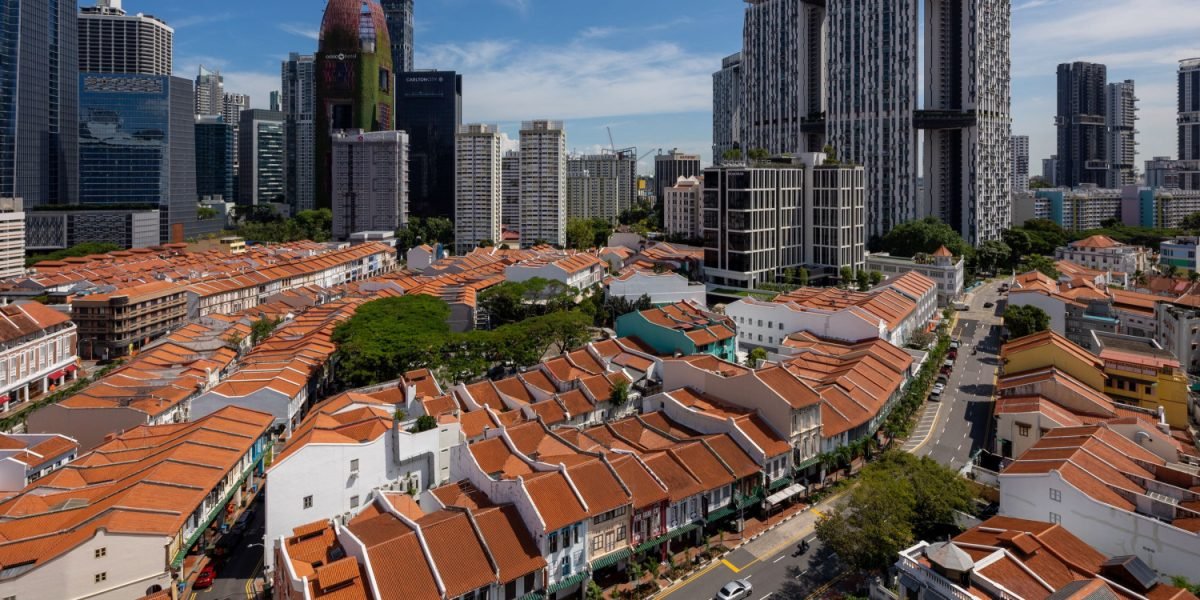

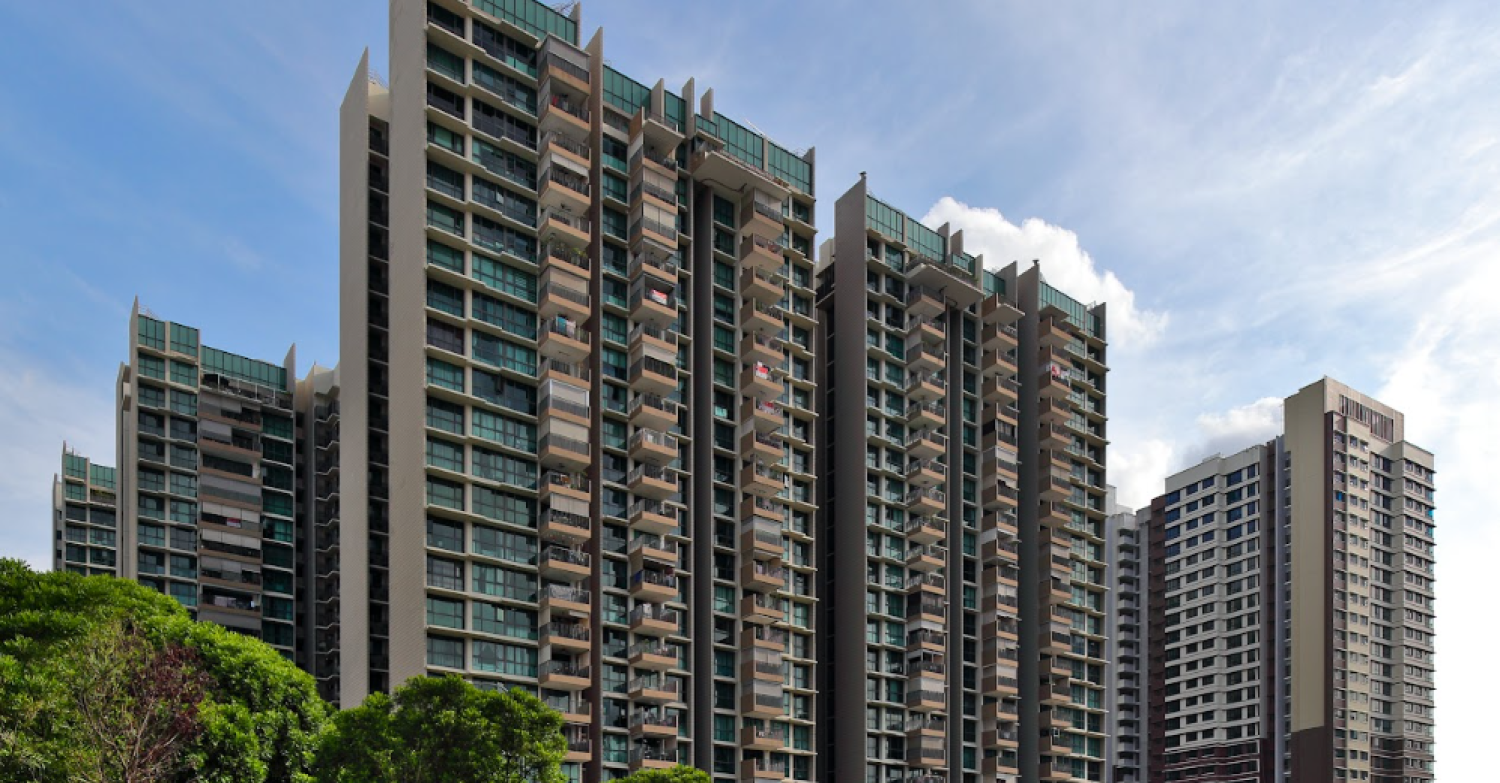
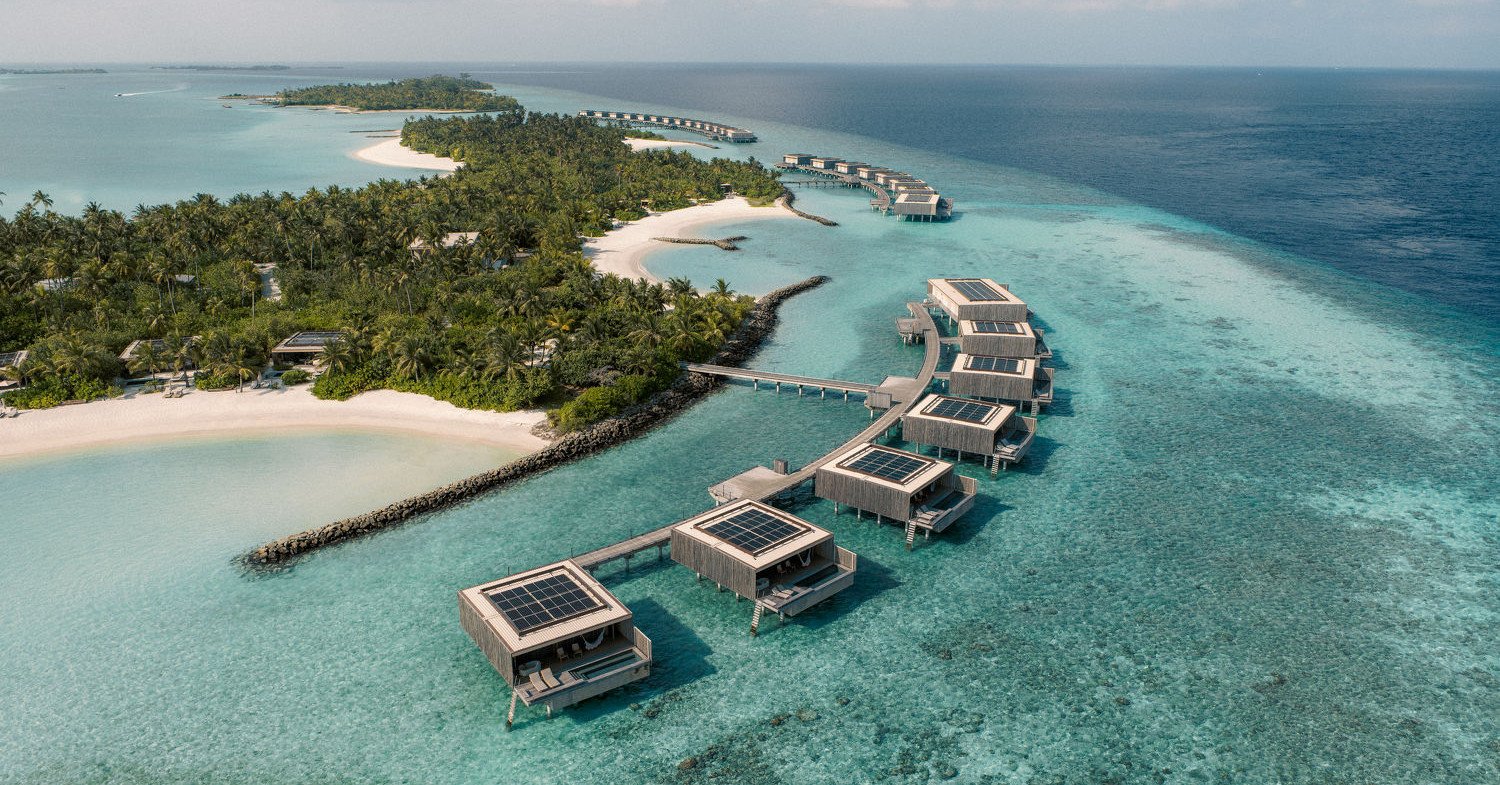
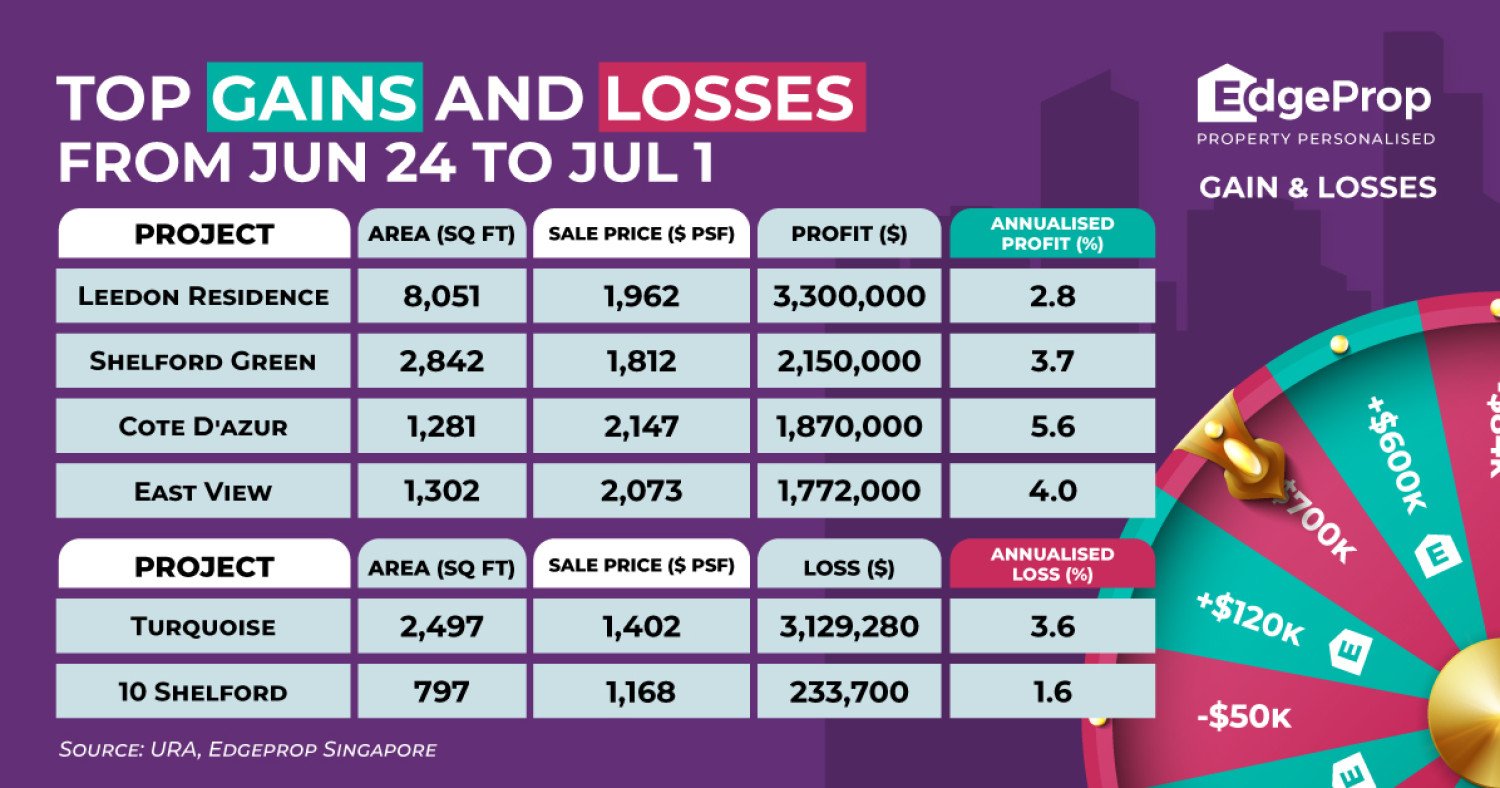
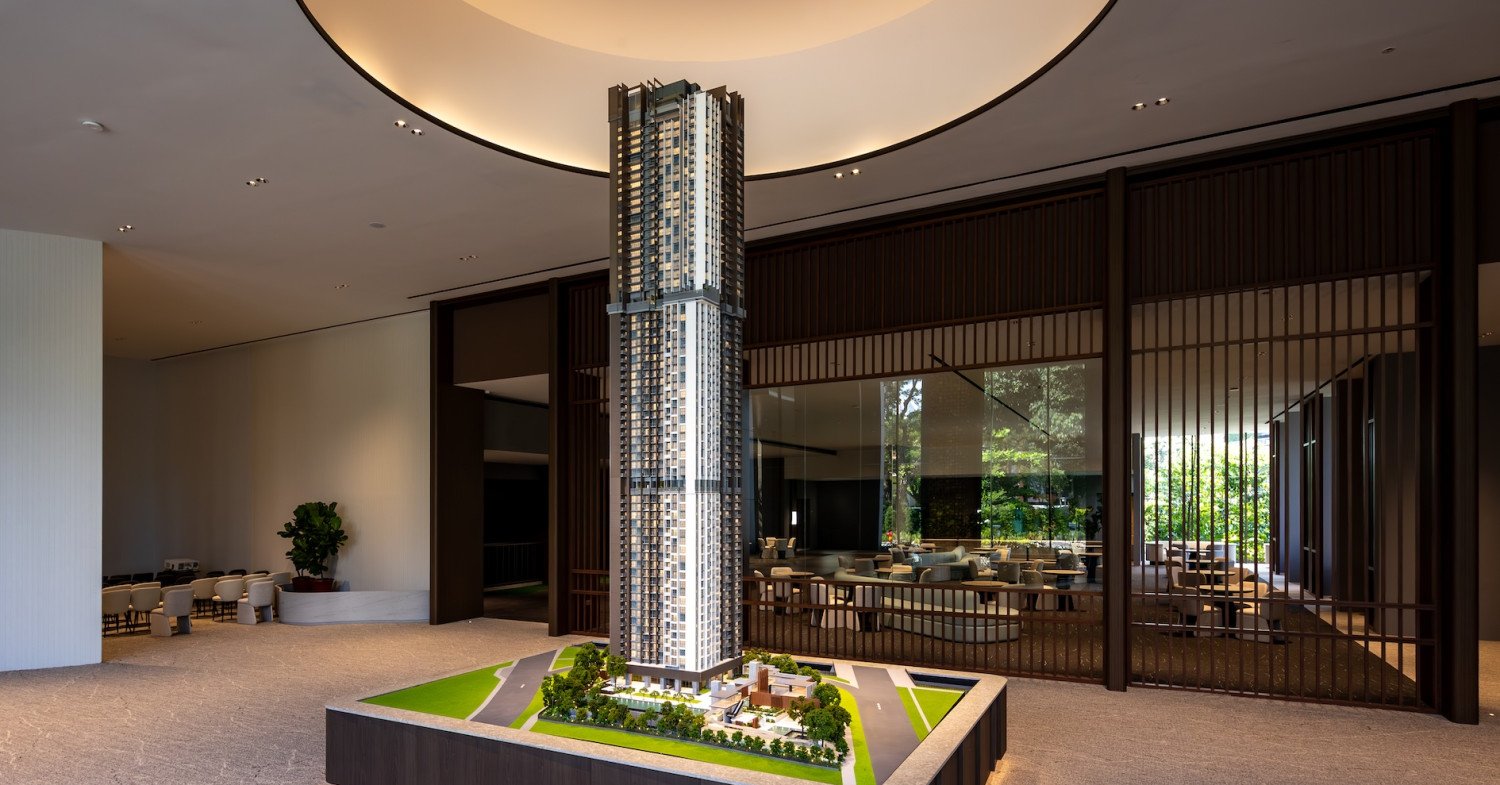
![residential-transactions-with-contracts-dated-june-24-to-july-1-[done-deals]](https://www.thecollective-at-one-sophia.sg/wp-content/uploads/2025/07/23025-residential-transactions-with-contracts-dated-june-24-to-july-1-done-deals.jpg)
